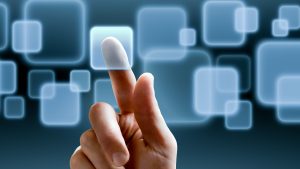Fatal dam collapses at nickel facilities
Two dam failures at the Morowali industrial park in Indonesia have killed three people. On March 16, during heavy rains, the PT Huayue Nickel Cobalt tailings storage facility at the Morowali industrial park failed, and tailings flowed into the Bahadopi River. The breach flooded facilities at the industrial park and the village of Labota. Five days later another tailings dam inside the industrial park, owned by PT Qing Mei Bang (QMB) New Energy Materials, collapsed, killing three workers. The affected tailings facilities store acidic waste from high pressure acid leaching (HPAL). It is estimated that for every ton of nickel, HPAL processing generates 150-200 tons of tailings. The affected facilities use filtered tailings, where some of the water is removed from the tailings before they are placed the dam. However, heavy rains, landslips and seismic activity appear to have affected the stability of some of the dams.







